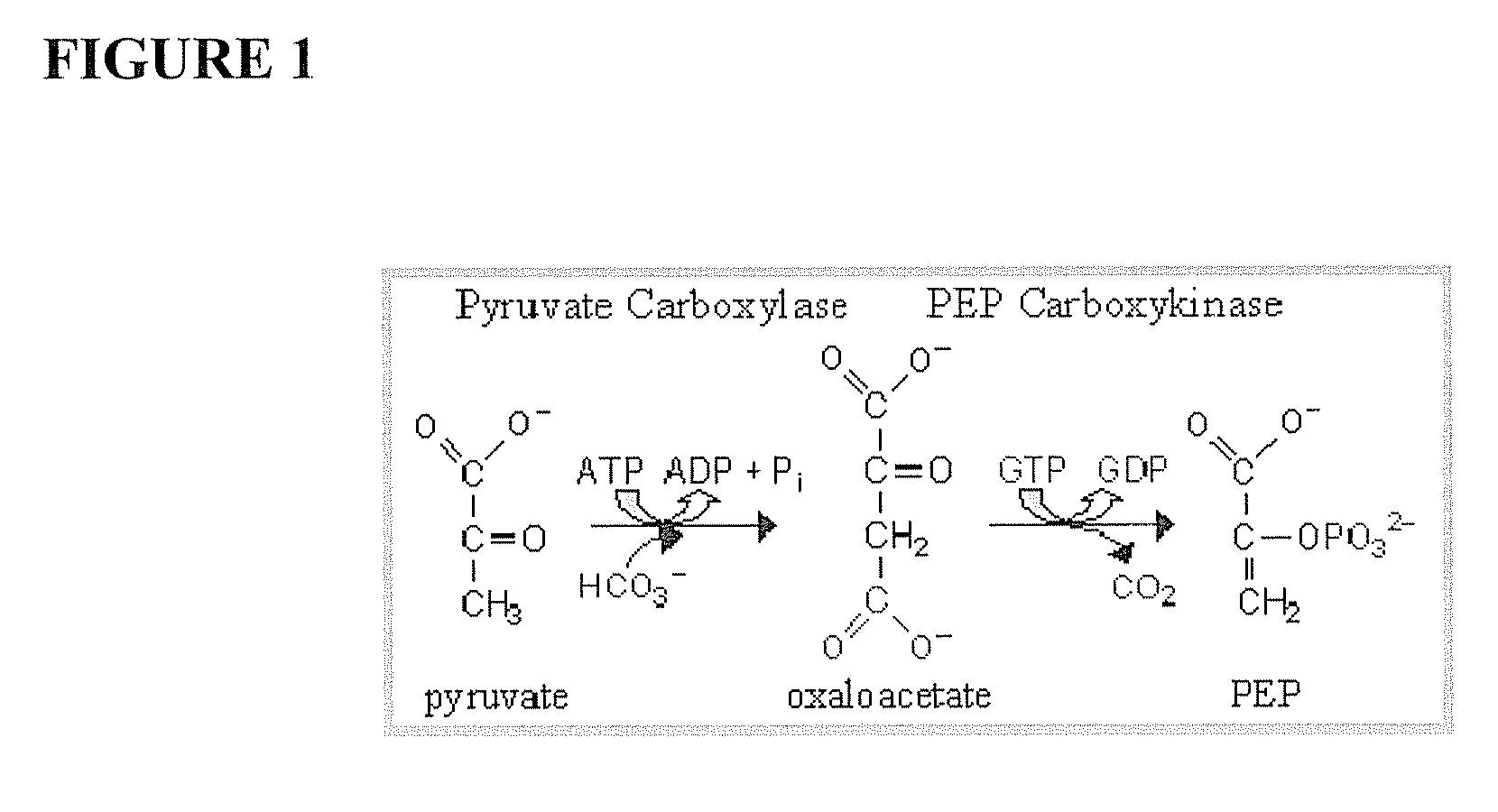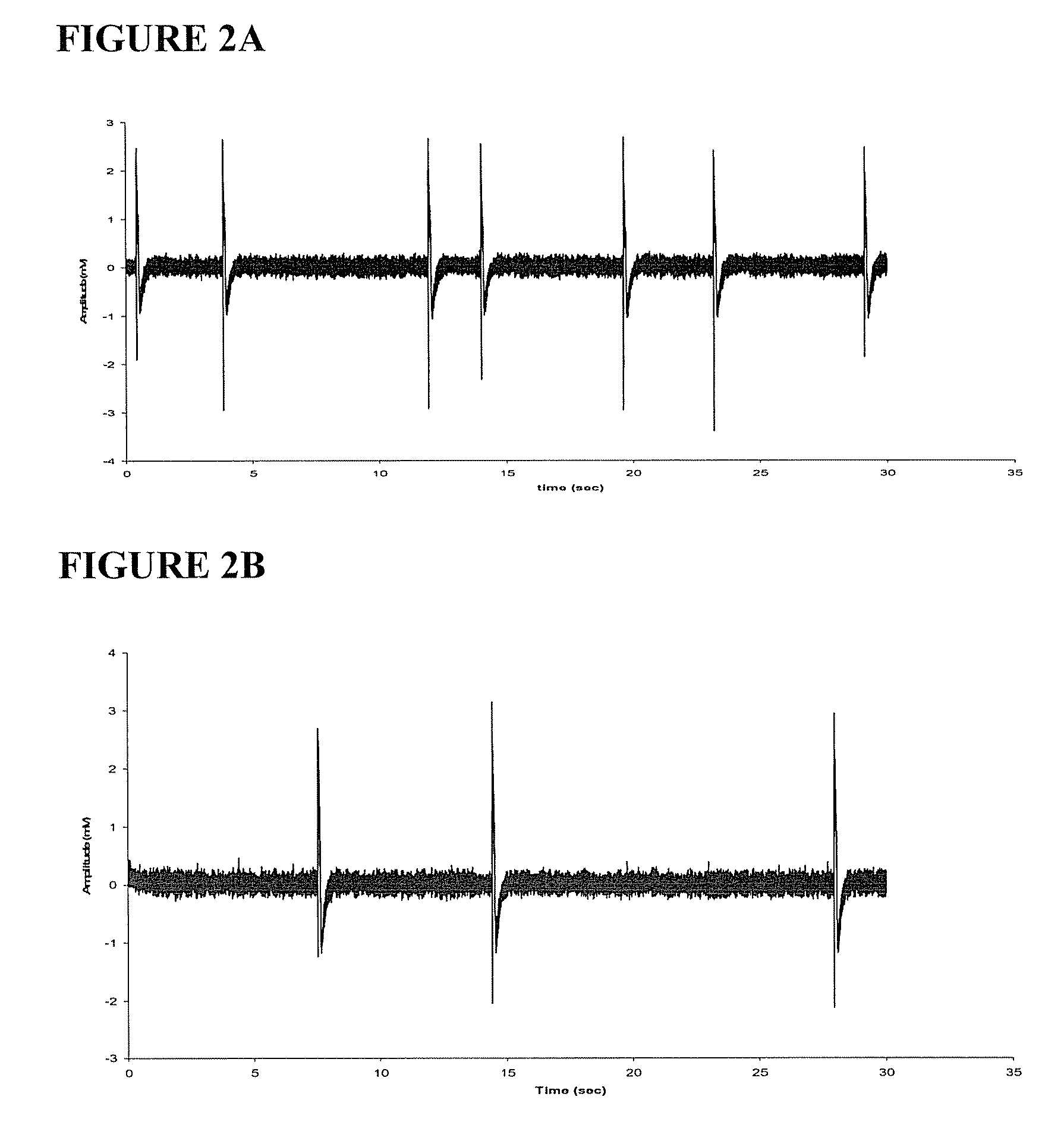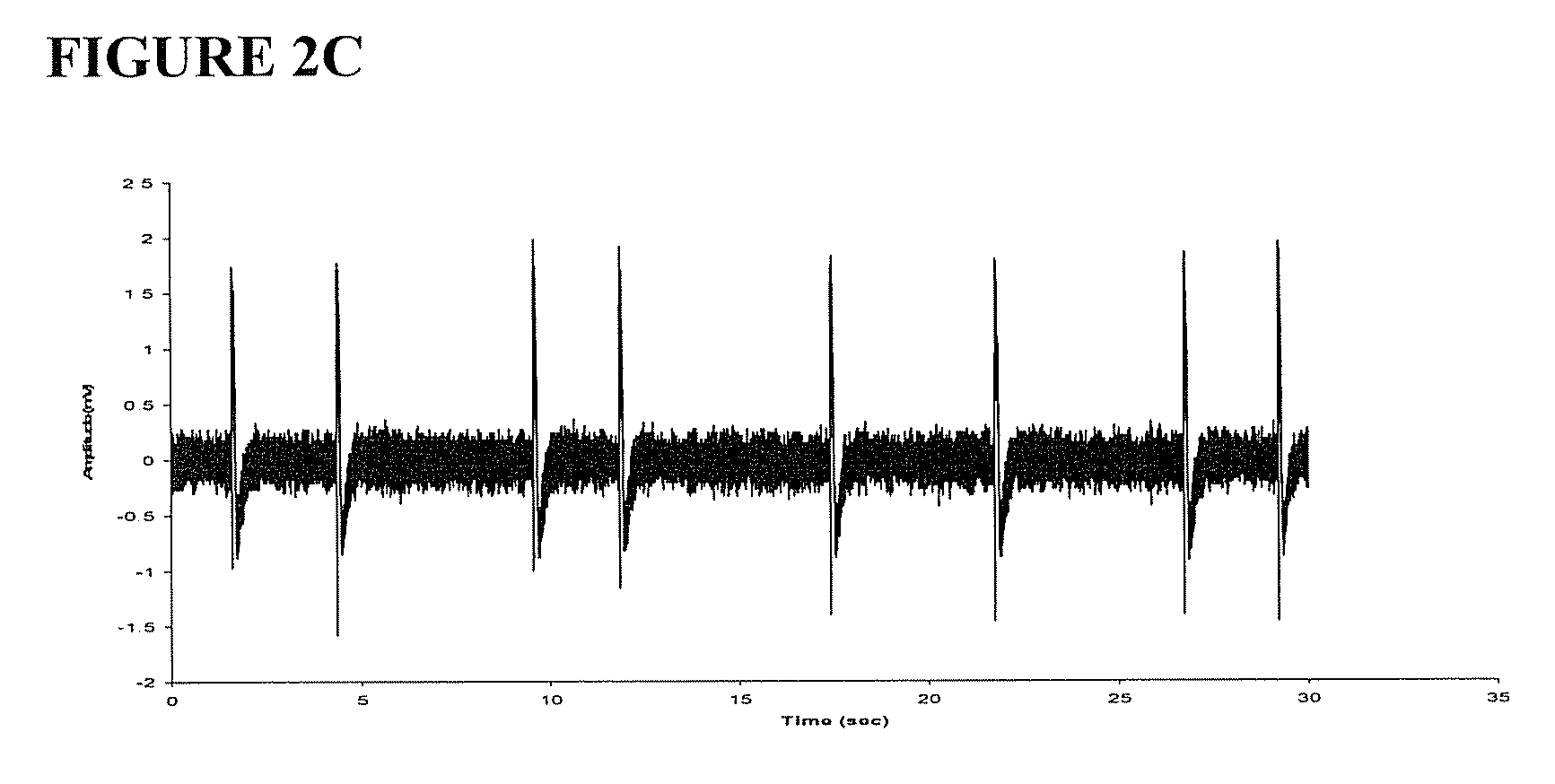Compounds and Methods for Treating Seizure Disorders
- Summary
- Abstract
- Description
- Claims
- Application Information
AI Technical Summary
Benefits of technology
Problems solved by technology
Method used
Image
Examples
example 1
Effect of Energy Source on Synchronized Bursting in Hippocampal Slices
[0075] The effect of various energy sources on synchronized bursting induced by elevation of [K+]o in rat hippocampal slices ex corpora was evaluated.
[0076] In these experiments, postnatal day 28 to 40 male Sprague-Dawley rats were anesthetized and decapitated. Brains were removed and transferred to ice cold artificial cerebrospinal fluid (ACSF, comprising 124 mM NaCl, 5 mM KCl, 1.25 mM NaH2PO4, 1.5 mM MgSO4, 26 mM NaHCO3 and 2 mM CaCl2), supplemented with 10 mM glucose, which was continuously bubbled with 95% O2 and 5% CO2. Transverse hippocampal slices (˜500 microns) were prepared on a Leica VT1000s vibratome (Wetzlar Germany). The slices were allowed to recover for 1 hour at room temperature and were then transferred to an interface recording chamber at 34° C. in ACSF with 7.5 mM [K+]o. Extracellular recordings were made from the CA3 region with an Axioclamp 2B (Axon Instruments, Forest City, Calif.) using a ...
example 2
Reduction of Synchronized Bursting by 2DG and Iodoacetate
[0078] The antiepileptic effect of replacing glucose was compared to the impact of chemically inhibiting glycolysis. The experiments set forth in Example 1 were repeated using ACSF supplemented with 20 mM lactate in the presence of 1 mM 2DG or 200 μM iodoacetate, an inhibitor of the glycolytic enzyme glyceraldehyde phosphate dehydrogenase (EC 1.2.1.12). The results of these experiments are shown in FIGS. 3A and 3B. FIG. 3A shows the rate of baseline synchronized bursting from a hippocampal slice in ACSF with 10 nM [K+]o 10 mM glucose. 2DG (in the presence of 20 mM lactate) reduced synchronized bursting. FIG. 3B shows the rate of baseline synchronized bursting from a hippocampal slice in ACSF with 10 mM [K+]o 10 mM glucose. Iodoacetate also reduced synchronized bursting. The results with 2DG and iodoacetate demonstrate that inhibiting glycolysis is an effective means for reducing neural synchronization, the cellular event asso...
example 3
Induction of Synchronized Bursting by Alteration of PEPCK Activity
[0079] To further understand the mechanism of the antiepileptic effect of the ketogenic diet, another pathway that could be activated by the diet, the gluconeogenic pathway, was studied. Specifically, regulation of a GTP-dependent enzyme in the gluconeogenic diet, PEPCK, was studied for the effect on epileptiform bursting. The experiments set forth in Example 1 were repeated using ACSF supplemented with 10 mM glucose in the presence of 5 mM PEP, the reaction product of PEPCK, or in the presence of 3 mM 3-mercaptopicolinic acid (3-MCP), a specific inhibitor of PEPCK. As shown graphically in FIG. 4A, inhibition of PEPCK by addition of the reaction product, PEP, reversibly activated the burst frequency of brain slices, more than doubling the rate of bursting (215±32% of baseline). Similarly, as shown in FIG. 4B, the specific inhibitor of PEPCK, 3-MCP, also greatly increase the burst frequency of brain slices, again more...
PUM
| Property | Measurement | Unit |
|---|---|---|
| Concentration | aaaaa | aaaaa |
| Disorder | aaaaa | aaaaa |
Abstract
Description
Claims
Application Information
 Login to View More
Login to View More - R&D
- Intellectual Property
- Life Sciences
- Materials
- Tech Scout
- Unparalleled Data Quality
- Higher Quality Content
- 60% Fewer Hallucinations
Browse by: Latest US Patents, China's latest patents, Technical Efficacy Thesaurus, Application Domain, Technology Topic, Popular Technical Reports.
© 2025 PatSnap. All rights reserved.Legal|Privacy policy|Modern Slavery Act Transparency Statement|Sitemap|About US| Contact US: help@patsnap.com



